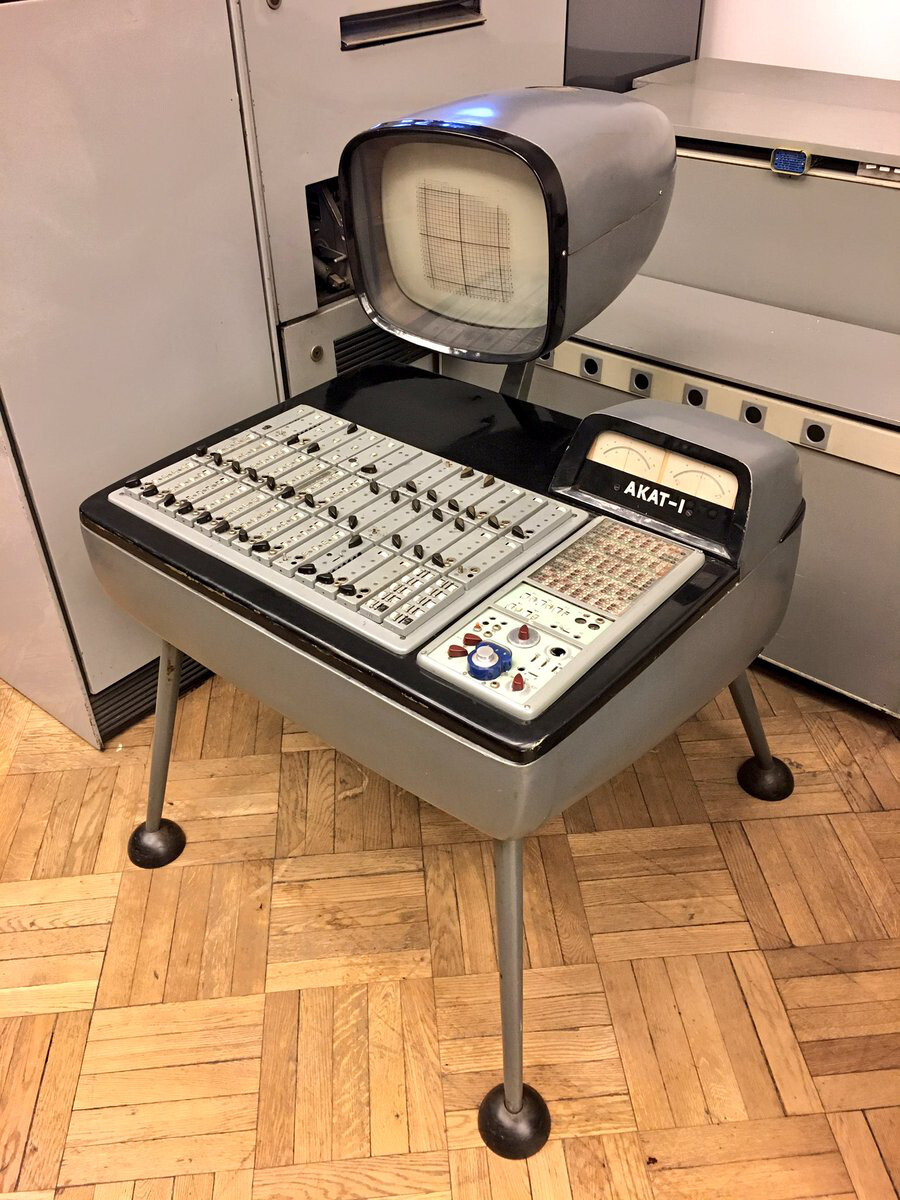"a dystopian fascist museum" - ???
Cassette Futurism
Welcome to Cassette Futurism Lemmy and Mbin Community.
A place to share and discuss Cassette Futurism: media where the technology closely matches the computers and technology of the 70s and 80s.
Whether it's bright colors and geometric shapes, the tendency towards stark plainness, or the the lack of powerful computers and cell phones, Cassette Futurism includes: Cassettes, ROM chips, CRT displays, computers reminiscent of microcomputers like the Commodore 64, freestanding hi-fi systems, small LCD displays, and other analog technologies.
See this blog to know more.
Rules
-
- Post must be related to Cassette Futurism.
-
- If you want to repost atleast wait 3 months.
-
- No AI or permabanned.
By that they do not mean the Polish museum, but the museum of their "friends' awesome FMP"... but I don't know what FMP means. Maybe "Fiction Media Project"?
Analog computers are totally a thing though. My dad used to build them in engineering school.
They were not general purpose at all. They would be more aptly named simulators. You'd use discrete electric / electronic components - capacitors, inductors, transistors - to model a specific differential equation system. You'd use trimpots to modulate parameters in the equations and a square wave generator to to trigger the "calculation".
Output was in an oscilloscope, and you'd have to interpret that to figure out what that meant to your particular computation.
